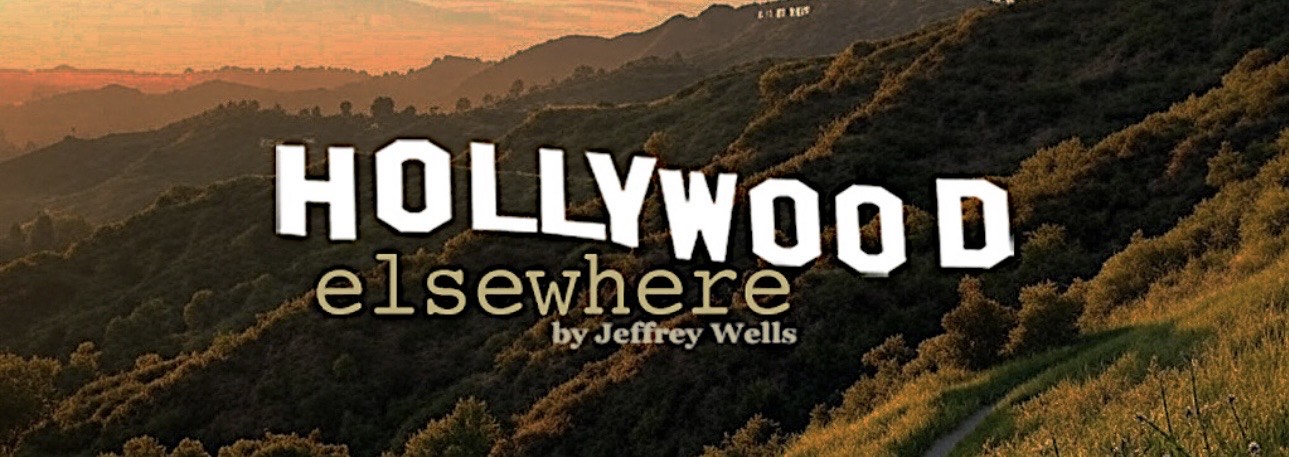Lili Fini Zanuck‘s Eric Clapton: A Life in 12 Bars illustrates a rule about documentaries and particularly talking-head footage that bears repeating.
If you have an ample supply of alluring, great-looking, non-grainy footage, you’re free to forego talking heads. Just hire a top-tier editor, overlay some wise, insightful narration and you’ll probably be fine. But if your footage is mainly composed of grainy, shitty-looking photos mixed with black-and-white TV footage, you definitely need to intercut with well-recorded, high-def color footage of this and that knowledgable, insightful authority.
The reason, obviously, is that you’ll want to occasionally free the viewer from the prison of fuzzy, shitty-looking stills and black-and-white TV footage, and you’ll also want to heighten the impact of your vocal observations as a way of adding intellectual intrigue and fighting the general monotony.

Eric Clapton, 72, during Sunday’s visit to the Toronto Film Festival to promote Lili Fini Zanuck’s Eric Clapton: A Life in 12 Bars.
I’ve just walked out of a screening of Eric Clapton: A Life in 12 Bars because the portion I saw (a) was almost all grainy, shitty-looking photos and black-and-white TV footage (it really needs a roster of well-lighted talking heads) and because (b) the cutting felt uninspired and inelegant and (c) I began to feel hugely irritated and then angry from the generally sloppy, substandard feel of it.
Granted, I only lasted from the beginning of Clapton’s guitar-playing career to the dawn of musical psychedelia, or from late ’63 to early ’67 (Yardbirds, John Mayall & the Bluesbreakers, Cream). But Zanuck didn’t even touch upon the musical influence of pot and LSD and particularly the mystical-psychedelic consciousness that began to spread all through the music industry starting in late 1965, and which flourished in ’66, ’67 and beyond.
Cream wasn’t just another band for Clapton (or Jack Bruce or Ginger Baker) — it represented a whole spiritual changeover, a new way of living and seeing…everything top to bottom. To quickly transition from being a hard-core blues purist to a psychedelic pioneer was huge for a guy like Clapton, and yet the doc just cuts from shitty-looking black and white stills and footage of Clapton hanging and playing with Mayall and the gang to shitty-looking black and white film of Clapton, Bruce and Baker playing “I Feel Free,” which was among the strongest cuts from Fresh Cream.
All of a sudden I said to myself, “Fuck this movie…Zanuck and her producers and editors are just going through the motions, running footage, hanging wallpaper.” I suddenly needed to feel free, and so I got up and left.
I may catch the rest of Eric Clapton: A Life in 12 Bars when it plays on Showtime. Maybe. If I feel like it. We’ll see how that goes.
